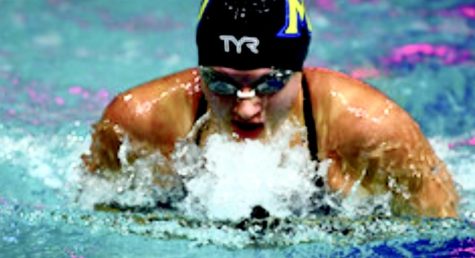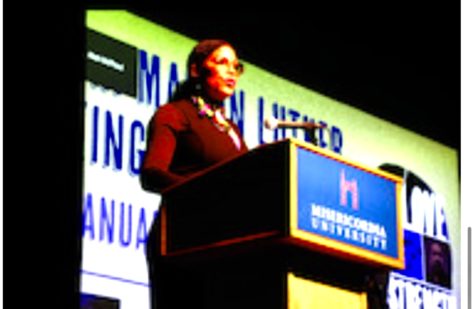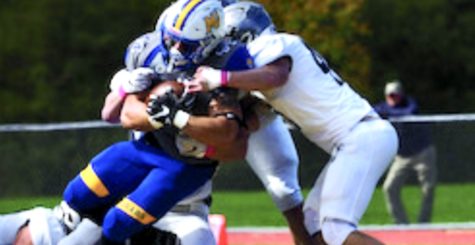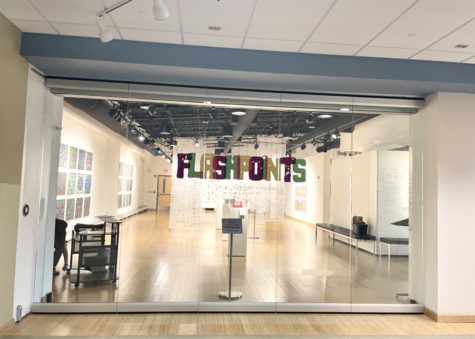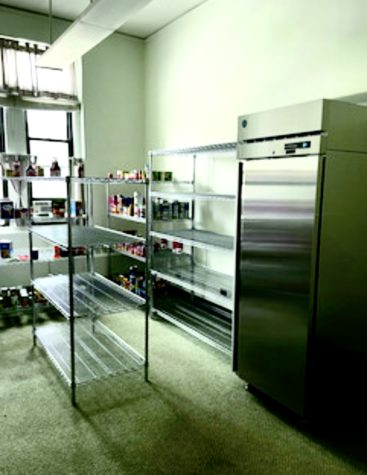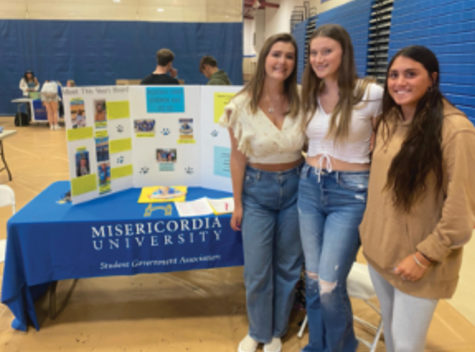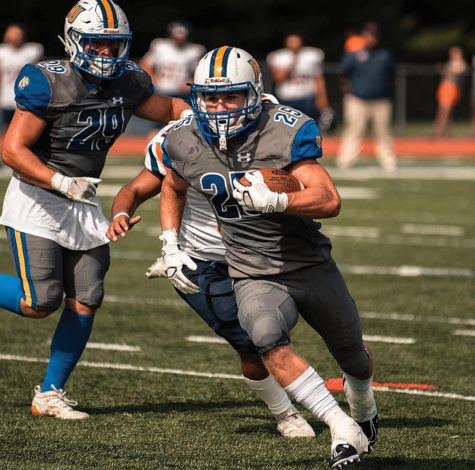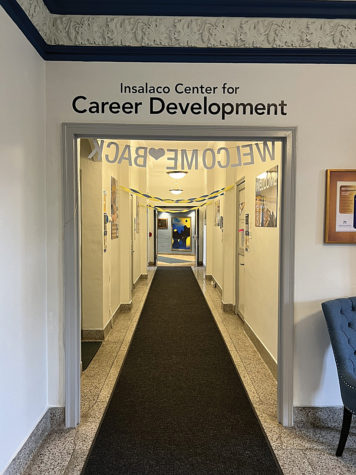Misericordia Enrollment Bounces Back After Pandemic
February 13, 2023
While students may remember COVID-19 as a random two-week break in March 2020, faculty members at Misericordia were met with the challenge of not allowing the university to struggle in the upcoming years. Nobody knew how long the pandemic was going to last, and while there are still remnants of it today, it has left its mark on the university.
Vice President of Enrollment Management Glenn Bozinski explained what the differences of pre-pandemic and post-pandemic days were and the hardships Misericordia faced.
Because Misericordia is private, it is less selective compared to other private universities on the East Coast. Due to this, the total enrollment in fall 2019 was 2,544 students, while enrollment this fall was around 2,236 students.
Economic factors also played a part, as jobs opened after the pandemic and adult students entered the workforce instead of returning to school. Yet, it is not just Misericordia that suffered a drop in enrollment numbers during the pandemic.
“[College] enrollment since the pandemic started has fallen by about 8% across the nation,” said Bozinski.
The overall 12% drop from this past year and fall 2019 did not stop Misericordia from recruiting new students.
“Thanks to new programs, more marketing, and growth in applications, we are running well ahead of the past few years on deposits for the incoming class, which should help reverse the decline,” Bozinski said.
The college engaged with upcoming students by interesting them in the school.
As schools across the country shut down, students and families could not help but become angry over the lack of education they were getting.
With a smaller class coming into Misericorida during 2020, students showed no desire to withdraw throughout the pandemic. In addition, there were no effects on the graduation rate, starting with the class of 2020 and moving forward.
With students still dedicated, some majors showed an increase in applications, while others showed a decrease.
“We have seen an increase in applications and enrollments in Medical Imaging and Diagnostic Medical Sonography,” Bozinski said, unsure if there is a relation to the pandemic or just an increase in interest in the two majors.
Meanwhile, one major that suffered a small toll during the pandemic was First-Year Nursing students, something many colleges across the country experienced.
“My belief is that the immense challenges in the nursing profession faced, and those challenges being so heavily focused on in the media coverage, might have deterred some students from choosing nursing,” Bozinski said.
Before students were allowed to return to campus, Misericordia officials had to figure out how new students would be recruited in the upcoming years.
“For two years after the pandemic, we were very limited in our ability to recruit,” Bozinski said. “High schools limited college representative visits; even individual visits were impossible for about four months.”
The class that suffered the most from this was the Class of 2021 but, to a lesser extent, the Class of 2022.
In better news, the Class of 2023 has returned to normal standards and Misericordia expects to enroll a new class close to pre-pandemic size.
With high school curriculums changing due to the sudden need to meet students’ preferences and safety expectations, high schoolers experienced a different kind of preparation for college.
Director of the Student Success Center Amy Kline discusses the impact of the academic performance of new students from the COVID era.
“The preparation students received in high school during the pandemic was not only vastly different than students in previous years, it also varied widely from high school to high school,” Kline said as each student had a different learning background. Some high schools were completely remote, others were fully in-person, and others operated somewhere in between.
“From a student support perspective, most noticeable is that many students relied on themselves more to ‘figure things out’ due to isolation and other challenges created by the virtual or hybrid classroom(s),” Kline explained. “While self-reliance is not negative, it can create an environment where students are less likely to reach out for support.”
The most important thing Kline wishes to impress upon students is that Misericordia wants to help them, no matter the type of high school experience they had.

